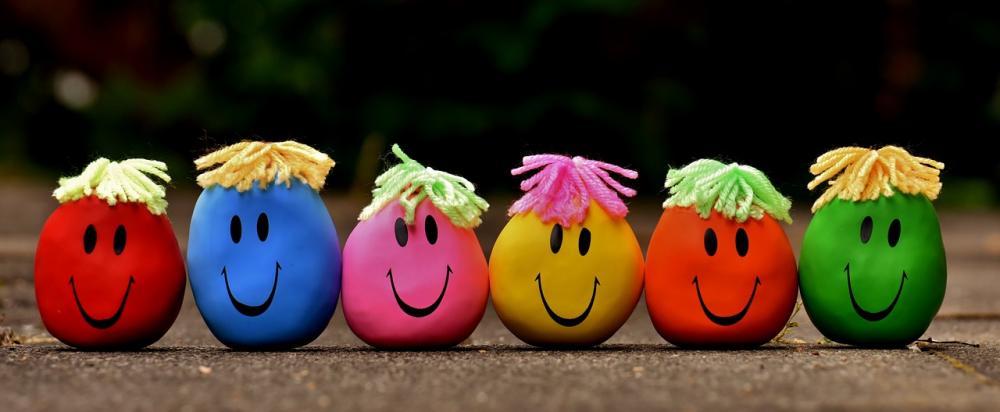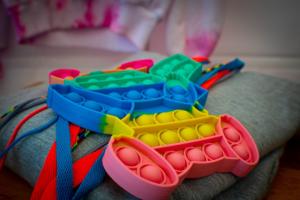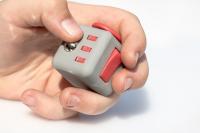Why Using Sensory Tools is Important in KS1 Classrooms
Why are Sensory Tools Important for Key Stage One Children When Learning?
You may be wondering why sensory tools are becoming increasingly popular in the classroom. Sensory tools offer a wide range of benefits to children, particularly those who struggle with traditional learning methods. In this blog post, we will explore the importance of sensory tools for key stage one pupils and how they can help improve learning outcomes.

What Are Sensory Tools?
Sensory tools are objects or materials that are used to stimulate the senses and help children learn. They are designed to provide sensory input that can help children focus, regulate their emotions and enhance learning. Sensory tools can include a wide range of objects, such as fidget toys, stress balls, weighted blankets, and interactive mats. 
Sensory tools are particularly important for key stage one pupils, as they are still developing their sensory processing skills. Sensory processing refers to the way that the brain receives, interprets, and responds to sensory information from the environment. Children who struggle with sensory processing may find it difficult to focus in the classroom, regulate their emotions, and engage in learning activities.
How Do Sensory Tools Help with Learning?
Sensory tools can be used in a variety of ways to support learning in young pupils. Here are some of the ways that sensory tools can help:
-
Improve focus: Sensory tools can help children focus and engage in learning activities. For example, a fidget toy can keep a child's hands busy while they listen to a story, helping them to concentrate on the task at hand.
-
Reduce anxiety: Sensory tools can also help to reduce anxiety and promote a sense of calm in children. For example, a weighted blanket can provide a comforting and calming sensation that can help a child feel more relaxed and focused.
-
Enhance learning: Sensory tools can enhance learning by providing a multi-sensory experience. For example, an interactive mat can help children learn about shapes and colours by engaging multiple senses, such as touch and sight.
 Research has shown that the use of sensory tools in the classroom can have a positive impact on learning outcomes.
Research has shown that the use of sensory tools in the classroom can have a positive impact on learning outcomes.
In one study, researchers found that the use of fidget toys improved attention and on-task behaviour in children with ADHD.
Another study found that the use of weighted vests improved attention and reduced hyperactivity in children with sensory processing disorders.
Examples of Sensory Tools for Key Stage One Children
There are many different types of sensory tools that can be used to support learning in key stage one pupils. Here are some examples: 
- Fidget Toys: Small objects that can be manipulated with hands. Benefits: Improves focus and attention
- Weighted Blankets: Blankets filled with small weights. Benefits: Reduces anxiety and promotes calmness
- Interactive Mats: Mats with different textures and shapes. Benefits: Enhances learning through multi-sensory experiences.
- Stress Balls: Balls filled with gel, foam, or made with sponge. Benefits: Reduces stress and promotes relaxation.
Get Hands-On With Mighty Writer!
Download our Teacher's Guide to discover how Mighty Writer can help children of all abilities learn literacy, in a fun and interactive way!

